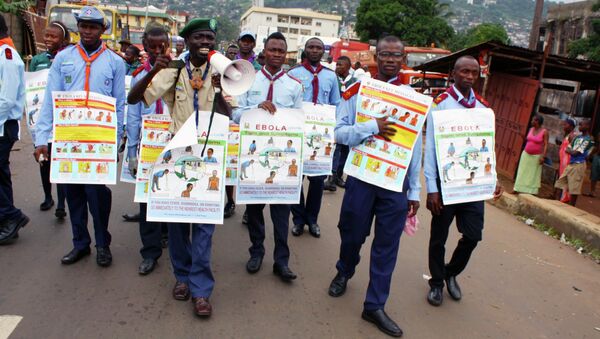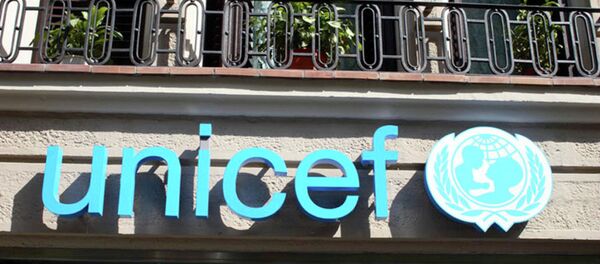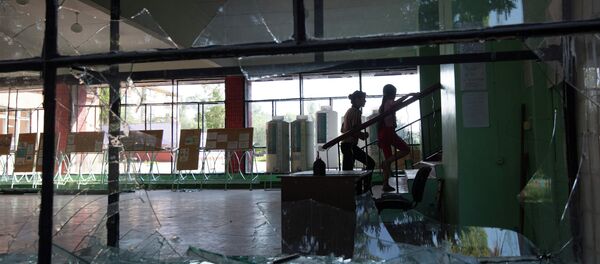In 1950 UN's General Assembly recommended that UNICEF change its aims from emergency aid to long-term programs dedicated to the improvement of healthcare and nutrition of children in developing countries, after Europe’s economy was restored via the Marshall Plan.
In December 1953 the General Assembly decided to continue the fund’s work and to treat it as a permanent UN agency headquartered in New York, seeing that child welfare is an enduring challenge. The organization changed its name to the UN Children’s Fund, but kept the UNICEF abbreviation, as it already had world recognition.
Today we turn 68. But rather than sing us a happy birthday we'd love you to sing #IMAGINE http://t.co/5jICR9Sls3 pic.twitter.com/XuDhZcUw3F
— UNICEF (@UNICEF) 11 декабря 2014
In 1965 the fund received a Nobel peace prize.
On November 20, 1989, the Convention on the Rights of the Child was implemented by the UN General Assembly. UNICEF supports this convention.
Today, UNICEF is active in more than 190 countries.
UNICEF is directed by an Executive Board. The Board coordinates UNICEF‘s activities, budget, as well as policies and organization’s programs in different countries. The Executive Board comprises 36 members representing the five regional groups of UN member states. The Board meets three times a year – a first regular session (January-February), an annual session (May-June) and a second regular session (September). The sessions take place in the New York headquarters.
The Executive Board’s actions are coordinated by a Bureau consisting of the president and four deputies, each representing a regional group. The members of the Bureau are elected annually from the Executive Board by its members.
The current activities of the fund are directed by the UNICEF secretariat and the Executive Director of the UNICEF. The current Executive Director is Anthony Lake, who assumed the position in 2010. Lake was a senior foreign policy adviser for Barack Obama’s presidential campaign in 2007-2008.
The main sources of finance for UNICEF’s programs are donations from governments, non-governmental organizations and individuals.
The Russian UNICEF division is a part of the CIS, Central and Eastern Europe Regional division. There is no specialized UNICEF program for Russia at this time.




